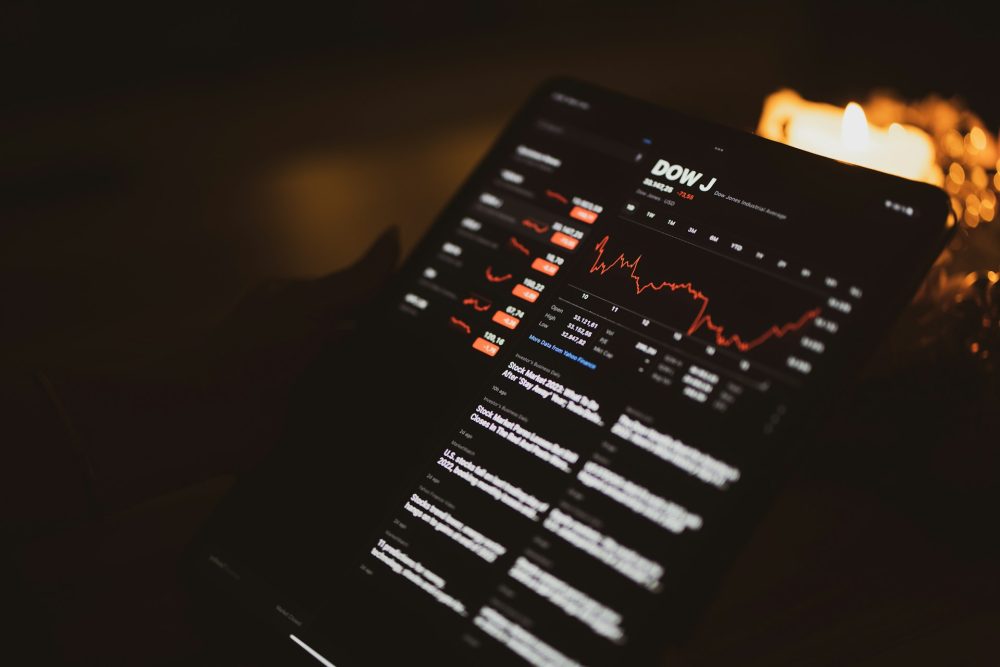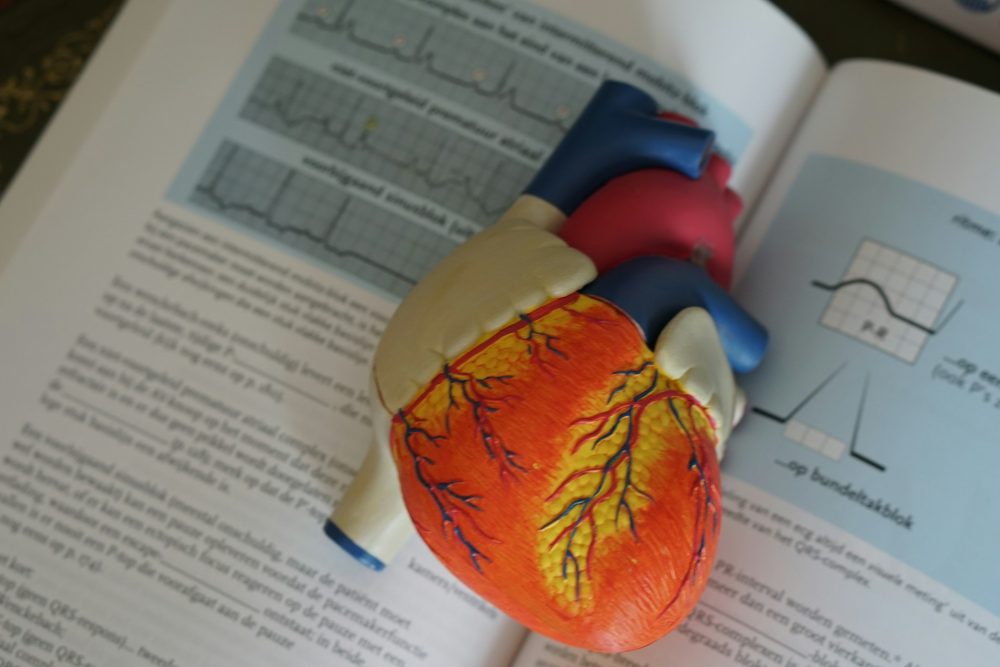Biotech
BioNTech stock: Is the crash from March repeating itself?
In March, BioNTech’s share price, after rallying to $105, plummeted in two stages to initially $43.66 and then, after an interim recovery to $64.45, to $37. Currently, from a chart technical point of view, the BioNTech share does not yet look like such a drastic correction, but investors should pay attention. BioNTech will soon start the final clinical phase for a COVID-19 vaccine.

On July 28th, the BioNTech stock could not react too positively to the doubts without good news about the start of the Phase 2b/3 clinical trial with a COVID-19 vaccine candidate. Despite an interim increase to $90.4 in Hong Kong, the BioNTech stock only closed at $85.38 (-1.33 percent) and in the red from NASDAQ trading – a price level that may have disappointed one or the other trader against the background of the numerous important news that were and are to be expected from the Mainz-based companies.
Find out the latest breakthroughs in the biotech sector and read more about the BioNTech shares with our companion app. Download for free the Born2Invest mobile app and read the most important financial news.
The latest capital increase is currently a burden, and we should not forget the two price peaks at $105, which BioNTech’s share price reached in mid-March and a few days ago. In each case, it was stock market hypes around COVID-19 vaccines that helped to drive the share price.
In March, BioNTech’s share price, after rallying to $105, plummeted in two stages to initially $43.66 and then, after an interim recovery to $64.45, to $37. Only there did the share regain ground. Currently, from a chart technical point of view, the BioNTech share does not yet look like such a drastic correction. However, traders must be careful, the July 28th reaction to the good news from the biotech company could be a warning sign.
BioNTech’s share price continues to find chart support at $96.5/$97.8 (€82.21/€83.33) and above all at $79.38/$80.34. A sell signal at this level could target the broad chart support at $74.56/$76.80. At the latest, a sell signal at this level would then clearly cloud the chart picture of the biotech stock in the short-term time frame. This does not change the fact that further support levels are already waiting below $71.38. On the upside, $90.05/$90.40 is now the first relevant hurdle zone for BioNtech’s share price. Strong resistance can be found at the top at $105 at the latest, and on the way there, various smaller technical hurdles need to be considered.
BioNTech and Pfizer to start final clinical trials for a COVID-19 vaccine
BioNTech and Pfizer are keeping their word. The plan was to start, in July, the final clinical test phase for a vaccine candidate against the Sars-CoV-2 virus – the pathogen causing the COVID-19 pandemic that has been raging worldwide for months. Now the time has come. Based on the data from the Phase 1/2 clinical trials in Europe and the USA, the duo has selected a Led candidate for the upcoming extensive study.
In the study, up to 30,000 volunteers aged between 18 and 85 years will be administered the vaccine candidate BNT162b2 twice with a dose of 30 µg each.
“This decision reflects our primary goal to bring a well-tolerated and highly effective vaccine to market as quickly as possible, while we will continue to evaluate our other vaccine candidates as part of a differentiated COVID-19 vaccine portfolio,” said BioNTech CEO Ugur Sahin about the upcoming work.
The study has already started in the US and will be rolled out worldwide with 120 test centers expected to participate. Regions with a high risk of SARS-CoV-2 transmission will be included in the study. The Mainz-based biotech company has announced that it will investigate whether the vaccine candidate BNT162b2 successfully prevents COVID-19 infections. “The Phase 2/3 study protocol follows all FDA requirements for clinical trial design for COVID-19 vaccine studies,” said Kathrin U. Jansen, Senior Vice President and Head of Vaccine Research & Development at BioNTech’s development partner Pfizer.
__
(Featured image by geralt via Pixabay)
DISCLAIMER: This article was written by a third party contributor and does not reflect the opinion of Born2Invest, its management, staff or its associates. Please review our disclaimer for more information.
This article may include forward-looking statements. These forward-looking statements generally are identified by the words “believe,” “project,” “estimate,” “become,” “plan,” “will,” and similar expressions. These forward-looking statements involve known and unknown risks as well as uncertainties, including those discussed in the following cautionary statements and elsewhere in this article and on this site. Although the Company may believe that its expectations are based on reasonable assumptions, the actual results that the Company may achieve may differ materially from any forward-looking statements, which reflect the opinions of the management of the Company only as of the date hereof. Additionally, please make sure to read these important disclosures.
First published in 4investors, a third-party contributor translated and adapted the article from the original. In case of discrepancy, the original will prevail.
Although we made reasonable efforts to provide accurate translations, some parts may be incorrect. Born2Invest assumes no responsibility for errors, omissions or ambiguities in the translations provided on this website. Any person or entity relying on translated content does so at their own risk. Born2Invest is not responsible for losses caused by such reliance on the accuracy or reliability of translated information. If you wish to report an error or inaccuracy in the translation, we encourage you to contact us.

-

 Business4 days ago
Business4 days agoThe Dow Jones Teeters Near All-Time High as Market Risks Mount
-

 Crowdfunding2 weeks ago
Crowdfunding2 weeks agoWorld4All, a Startup that Makes Tourism Accessible, Surpasses Minimum Goal in Its Crowdfunding Round
-

 Biotech1 day ago
Biotech1 day agoGut-Derived Molecule Identified as Early Marker and Driver of Atherosclerosis
-

 Crypto1 week ago
Crypto1 week agoThe Crypto Market Rally Signals Possible Breakout Amid Political Support and Cautious Retail Sentiment

























